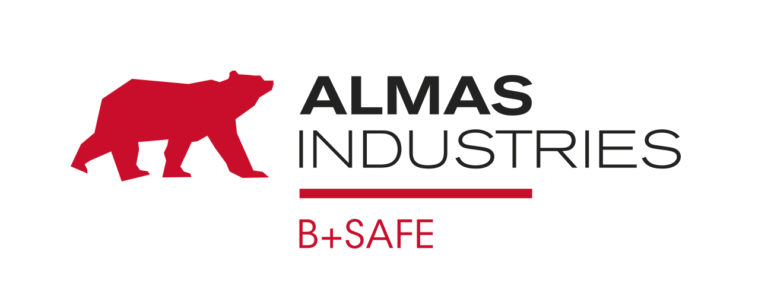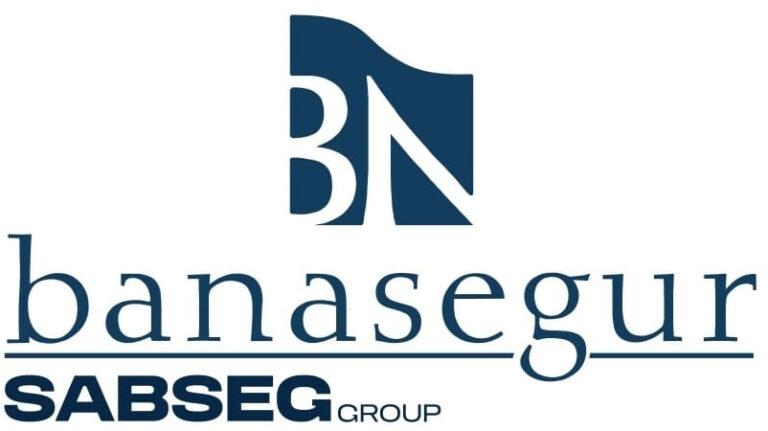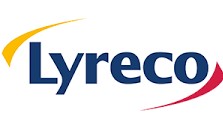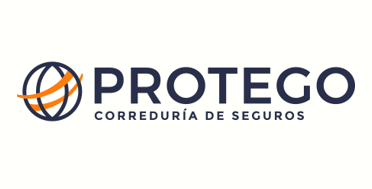Active packaging aims to improve food safety, preserve the quality of the packaged food and extend its shelf life. Depending on the mechanisms of deterioration of the food to be packaged, different active packaging strategies can be used. In the specific case of meat products, antimicrobial active packaging is one of the invocation lines that are being explored the most, its objective being to prevent or slow down the development of microorganisms in order to increase shelf life and guarantee safety food.
In meat products, contamination by microorganisms takes place mainly on the surface of the food. Traditionally, to contribute to the preservation of the meat, additives that are incorporated into the food itself have been used.
The concept of active packaging is based on the incorporation of this type of additives (antimicrobial active substances) to the packaging itself in the form of a functional coating.
In this way, a controlled release of the active compounds from the wall of the container to the surface of the food is achieved with the advantage that the preservatives are restricted to the surface of the food, compared to the traditional method of direct addition to the food.
There is a large number of active substances with antimicrobial properties such as ethanol, carbon dioxide, silver ions or antibiotics, as well as others of more natural origin such as essential oils, vegetable extracts or some spices. The choice of the most suitable active substance will depend, among other factors, on the type of meat to be packed.
Depending on the purpose of active packaging, if the objective is to contribute to increasing the shelf life or preventing the development of pathogenic microorganisms that may compromise food safety, some methods or others are used.
More information in this link.












